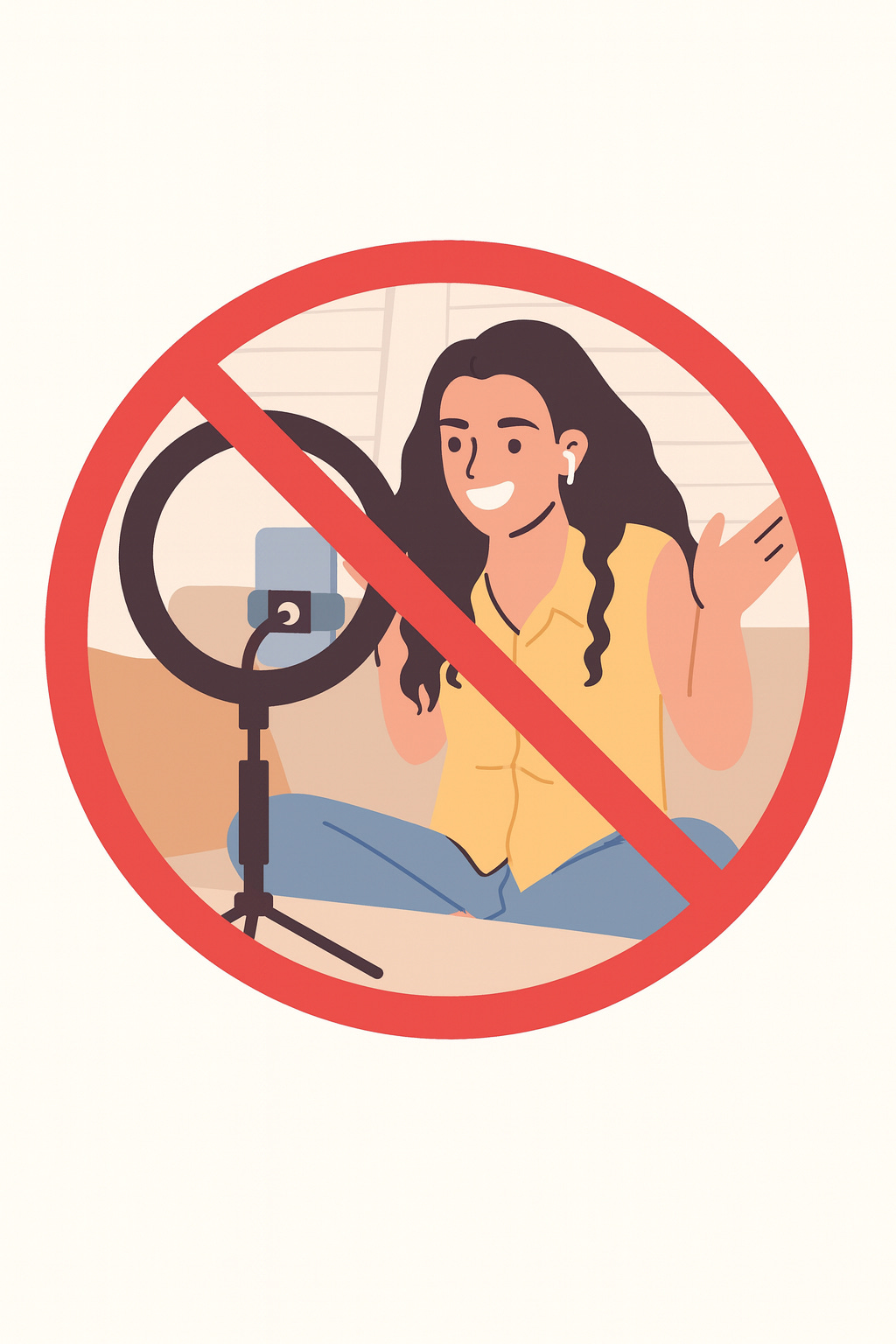Stop Chasing Gimmicks
The Case for a Permanent Progressive Media Structure
Every election cycle, Democrats look for the new communications trick that will shift perceptions, grab headlines, and “change the narrative.” Over the last few years, we’ve seen a string of attempts—some creative, some cringeworthy—that illustrate both the promise and the limits of this approach.
The Gimmick Trap
Think about the rollout of “Dark Brandon” memes: a tongue-in-cheek effort to reclaim a right-wing insult. It caught attention online but never really broke through beyond political junkies. Or the well-produced TikToks and “vote-with-celebrities” videos that go viral for 24 hours and then vanish without trace. Even carefully staged “relatable moments”—like awkward ice-cream stops or curated Spotify playlists—are designed to make politicians look more human. These tactics generate bursts of attention but not durable trust.
We’ve also leaned heavily on outside influencers—people with big followings who are just as likely to be plugging beauty products, sneakers, or fast-food chains when they’re not doing a one-off post about voting. Those posts can buy exposure, but they don’t build lasting political connection. They are transactional, not transformational.
A Bright Spot: Newsom’s Media Instincts
One exception worth applauding is Gavin Newsom. Whatever you think of him politically, he’s shown an instinct for using social media like a native: short, punchy videos, snappy contrasts with Republicans, and the ability to speak directly to audiences without needing a filter. He understands that today’s media is ambient and constant, not episodic. That’s progress - let’s hope it’s not a flash in the pan. But even Newsom’s success highlights a deeper truth: you can’t build a movement or change voter attitudes with one politician’s media savvy alone.
The Audience, Not the Politicians
Here’s the hard lesson: voters are not props in a branding exercise. They are the audience. And the audience lives in a fragmented, culture-driven, 24/7 media environment. Conservatives have invested for decades in building an infrastructure that reflects this reality—networks of influencers, local pages, YouTube shows, church podcasts, and neighborhood Facebook groups that reach people daily. Democrats, by contrast, still treat communications like a series of stunts tied to campaign calendars.
Local Messengers in Local Culture
This challenge is especially acute in the smaller towns and rural areas where Democrats used to compete. In these communities, mainstream media outlets have collapsed, and the social media algorithm makes it harder than ever to reach moderates who aren’t already seeking out political content. The only way to cut through is with local, culturally credible communication delivered by local messengers—voices that people already know and trust. Whether it’s a veterans’ group, a small business owner, or a community page about high school sports, the messenger often matters more than the message itself.
Building Something That Lasts
If progressives are serious about competing, we need to stop chasing gimmicks and start building permanent, culturally resonant communications structures. That means:
Always-on networks, not one-off ads.
Local messengers with cultural credibility, not just national spokespeople.
Authentic voices, not transactional influencers who disappear once the contract ends.
Content that fits culture, from parenting groups to sports banter to small business pride—not just “political” channels.
Repetition and consistency, so that ideas are absorbed over time, not forgotten after one viral hit.
We don’t lack for talent, creativity, or resources. What we lack is commitment: to invest not in gimmicks, but in building the kind of progressive media ecosystem that voters actually encounter in their daily lives.
Because the question isn’t whether Democrats can “change their image.” The real question is whether we can change the media environment voters live in every single day.


Something I learned first hand 20 years ago is we don't invest in our influencers, but the republicans do.
smart and helpful!